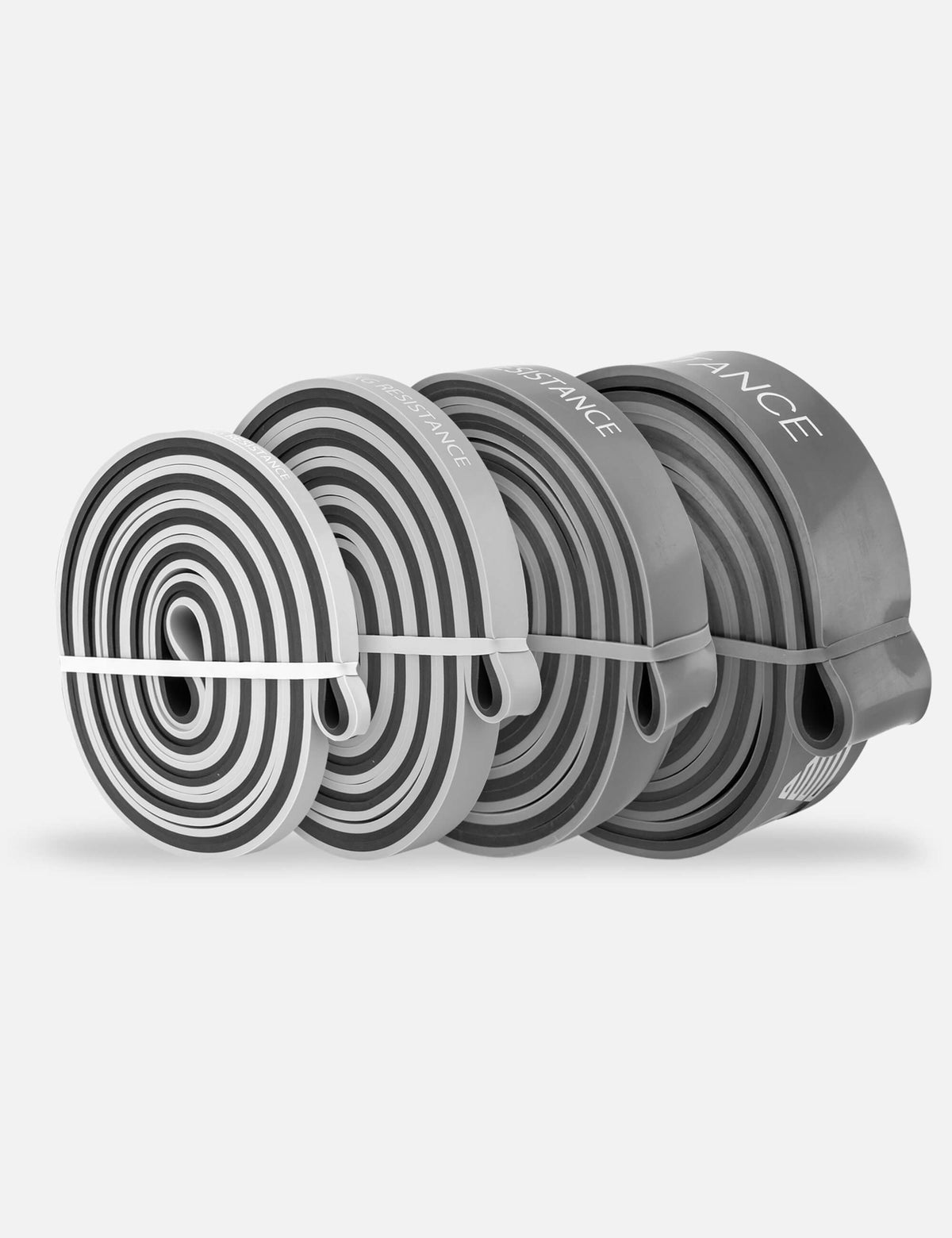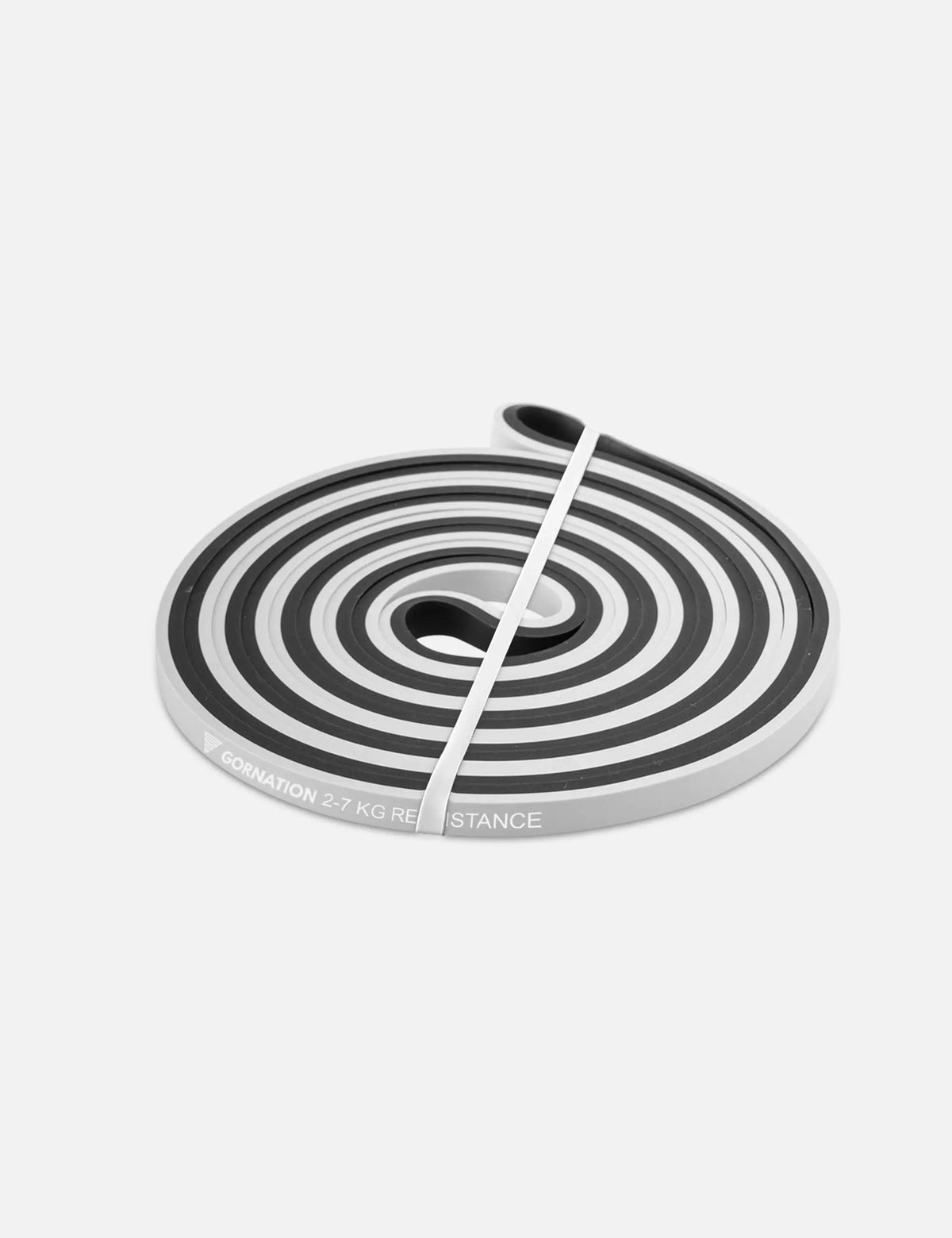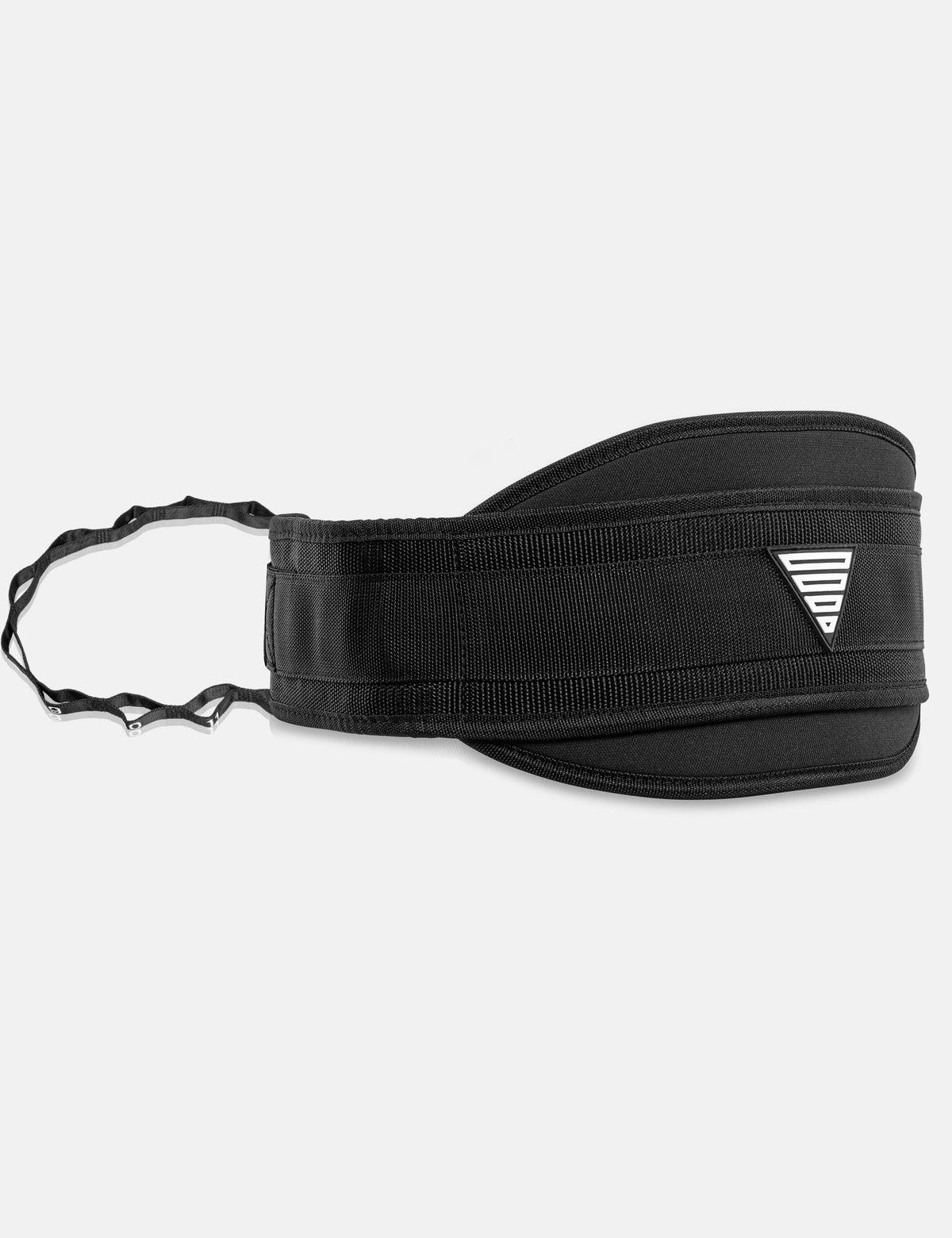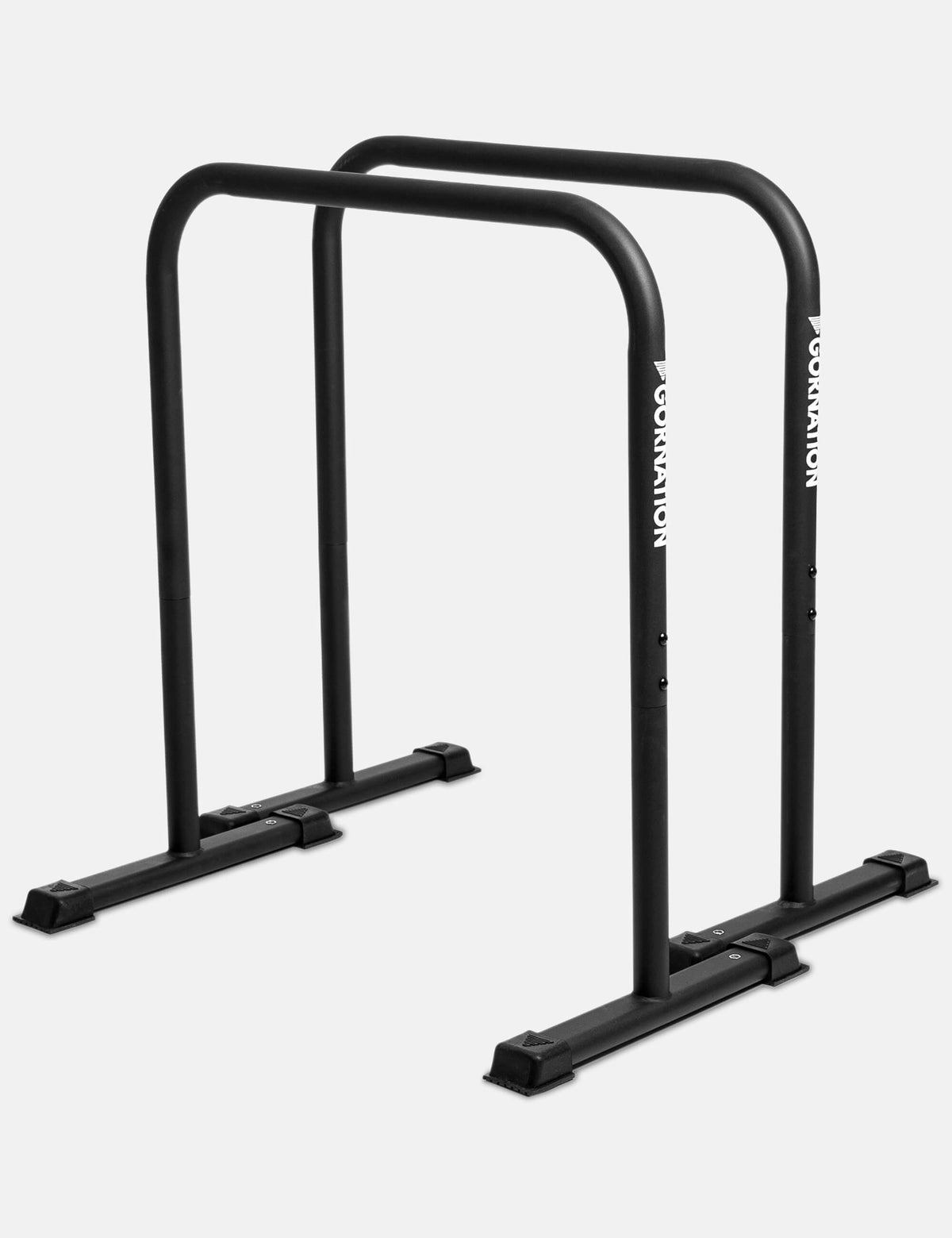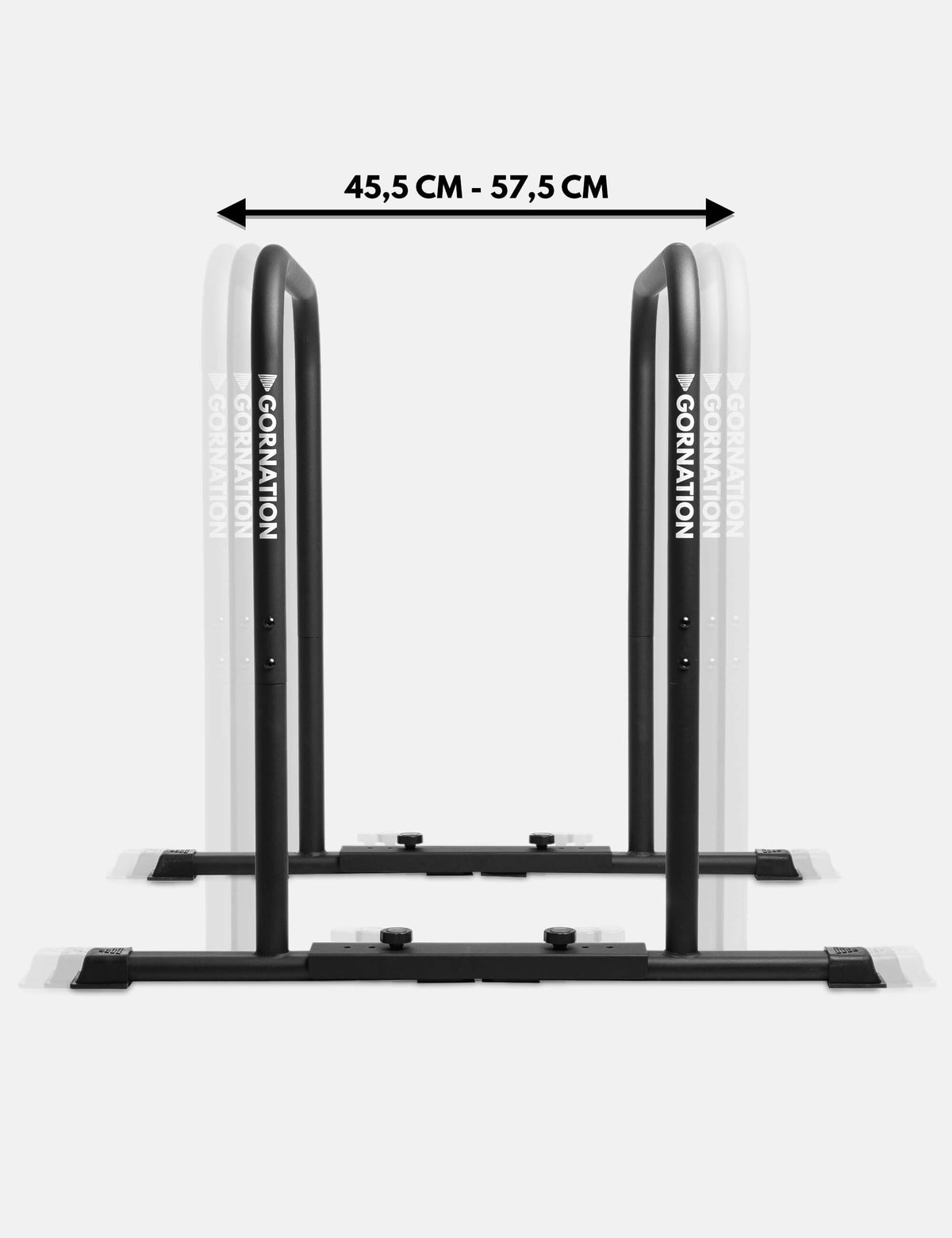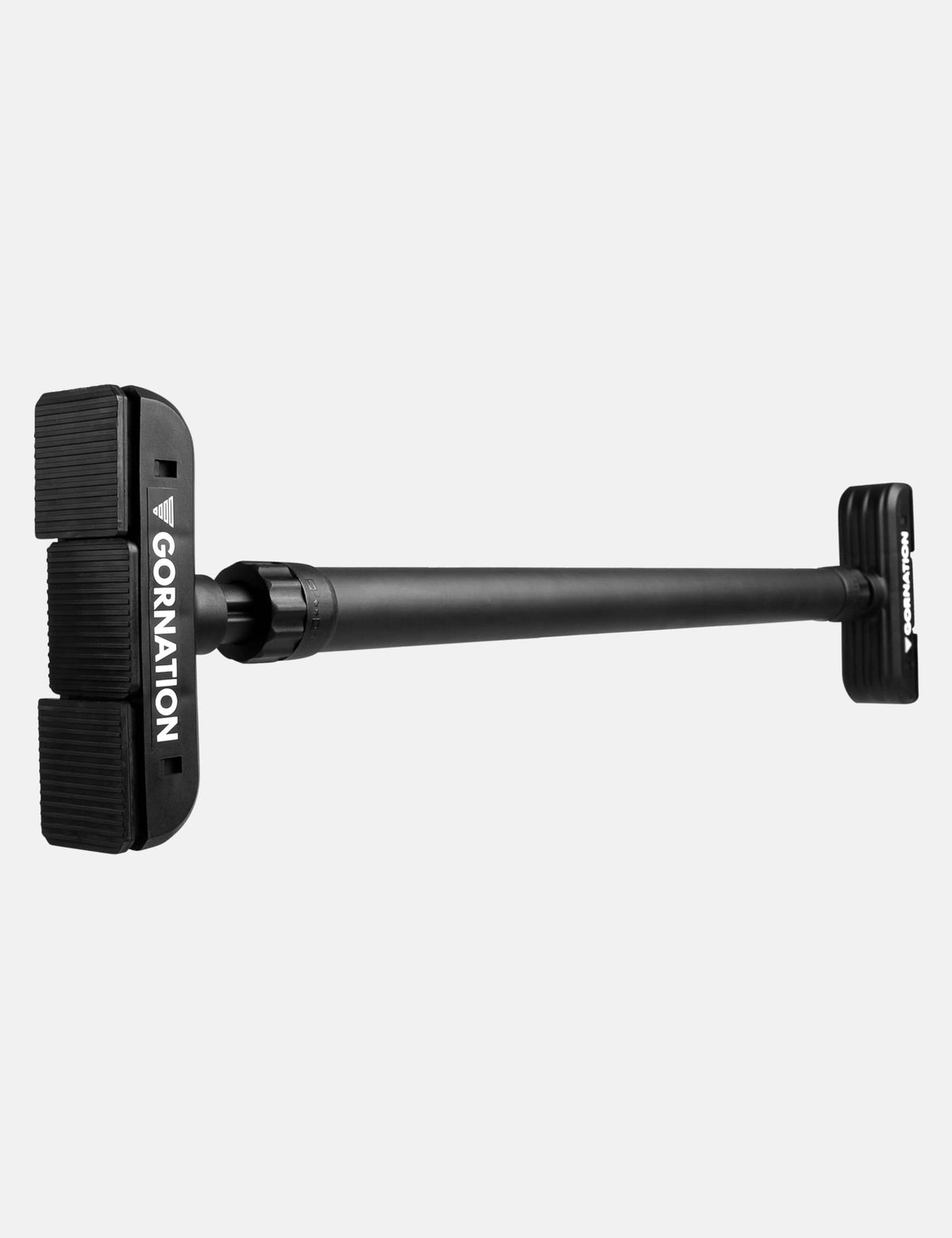How to do the exercise
The Decline Push Up is a powerful progression to make regular push-ups more challenging and to target the upper chest more effectively. You only need an elevated surface and, for extra range of motion, Parallettes are a great addition. Here’s how to perform the Decline Push Up correctly:
1. Starting Position
Place your feet on a stable elevated surface (like a box, step, or bench) and your hands shoulder-width apart on the floor or Parallettes. Keep your body in a straight line from head to heels, engage your core, and make sure your hips don’t sag.
2. Lowering Phase
Bend your elbows slowly to lower your chest toward the ground. Keep your elbows close to your body and control the movement. With Parallettes, lower until your chest goes slightly below hand level for a deeper stretch and more muscle activation.
3. Pushing Back Up
Press firmly through your palms to extend your arms and return to the starting position. Focus on squeezing your chest and keeping your core tight throughout the push.
4. Reset and Repeat
At the top, fully extend your arms, reset core tension, and repeat for the desired number of reps. Increase elevation height or use weighted equipment over time for progression.
Recommended Equipment for Decline Push Ups
Benefits of the exercise
The Decline Push Up is ideal for taking your push-up training to the next level and emphasizing the upper chest:
-
Targets the upper chest more effectively than regular push-ups
-
Improves shoulder and tricep strength for pressing movements
-
Enhances core stability and body control in an inclined position
-
Scalable with different heights and additional equipment
This makes it an excellent choice for both beginners looking for progression and advanced athletes aiming for chest development and strength variety.
Main muscles used
The Decline Push Up mainly targets:
-
Upper chest (clavicular pectorals)
-
Triceps
-
Front deltoids
-
Core muscles (for full-body stabilization)
By practicing with elevation, you increase chest activation and develop pressing strength in a functional way.
If you're looking for other exercises, check out our Youtube video:
Mistakes to avoid
Common mistakes when performing the Decline Push Up include:
-
Hips sagging: Keep your core engaged to maintain a straight line from head to heels.
-
Too high elevation: Don’t raise your feet excessively, as this shifts focus to shoulders instead of chest.
-
Flaring elbows: Keep elbows closer to your body to protect your shoulders and maximize chest activation.
-
Short range of motion: Use Parallettes or lower fully until chest almost touches the ground.
-
Lack of core tension: Avoid arching or swinging by keeping abs and glutes tight.
-
Neck misalignment: Keep your gaze slightly forward, not tucked down, to avoid strain.
Progress by increasing elevation height or performing more controlled repetitions for maximum results.
Discover more Exercises
Looking for more ways to level up your training? Check out our full exercise overview or try these effective exercises that perfectly complement your training:
Please read our legal disclaimer before starting your workout.
 | 5.000+ Reviews
| 5.000+ Reviews
 Free EU Shipping above 100€*
Free EU Shipping above 100€*
 Worldwide Tracked Shipping
Worldwide Tracked Shipping






